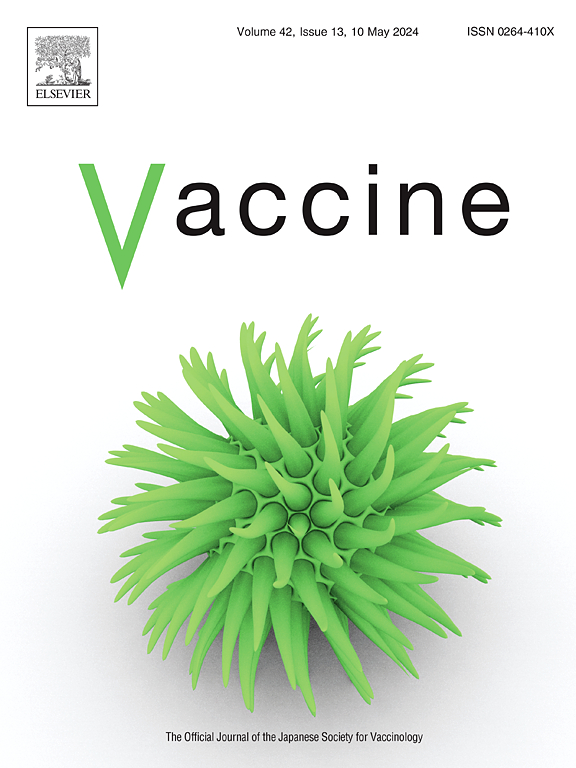Parent-daughter agreement about HPV vaccination status in Kenya and Malawi
IF 4.5
3区 医学
Q2 IMMUNOLOGY
引用次数: 0
Abstract
Background
As more countries introduce the HPV vaccine, it is important to understand the validity of vaccination measures. This is especially true in low- and middle-income countries (LMICs) where public health monitoring of vaccination data may have delays or gaps, so alternative measurement approaches are often necessary. Parental report is a common approach for measuring routine childhood vaccination, but it has not been evaluated for HPV vaccination in LMICs.
Methods
We conducted household surveys in Kenya (n = 146) and Malawi (n = 98) with parents/guardians and their daughters who were age-eligible for HPV vaccination. We compared parents'/guardians' reports of HPV vaccination status to daughters' reports; the latter was assumed to be the “gold standard” measure.
Results
88 % of Kenyan parents/guardians and 82 % of Malawian parents/guardians agreed with their daughters' reported HPV vaccination status. It was more common for parents/guardians to under-report (i.e., to say their daughter was unvaccinated but the girl said she had received dose(s)) than the inverse. Agreement with one's daughter was higher among parents/guardians who reported data from vaccination cards versus using recall, and among parents/guardians who expressed more versus less confidence in their knowledge. We did not find many differences in accuracy of report by parent/guardian characteristics, although in Kenya there were small and statistically significant negative associations with parental age, household income, and more girls in the household (the latter was also significantly negatively associated with report accuracy in Malawi).
Conclusions
In countries where surveys will commonly be used to measure HPV vaccination status, we found very high agreement of parents/guardians with their daughters' reported receipt of the vaccine. These results are similar to findings from the literature about routine childhood vaccination measurement. This suggests that researchers, clinicians, and practitioners can use parent/guardian-reported HPV vaccination of their daughter as a relatively good proxy of her own reported immunization status especially in settings without universal use of vaccination cards or registries.
求助全文
约1分钟内获得全文
求助全文
来源期刊

Vaccine
医学-免疫学
CiteScore
8.70
自引率
5.50%
发文量
992
审稿时长
131 days
期刊介绍:
Vaccine is unique in publishing the highest quality science across all disciplines relevant to the field of vaccinology - all original article submissions across basic and clinical research, vaccine manufacturing, history, public policy, behavioral science and ethics, social sciences, safety, and many other related areas are welcomed. The submission categories as given in the Guide for Authors indicate where we receive the most papers. Papers outside these major areas are also welcome and authors are encouraged to contact us with specific questions.
 求助内容:
求助内容: 应助结果提醒方式:
应助结果提醒方式:


